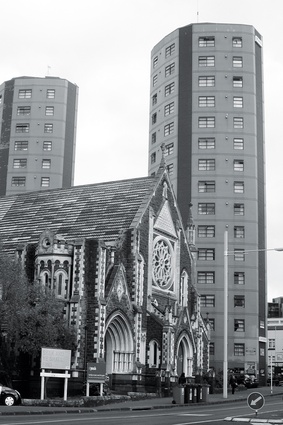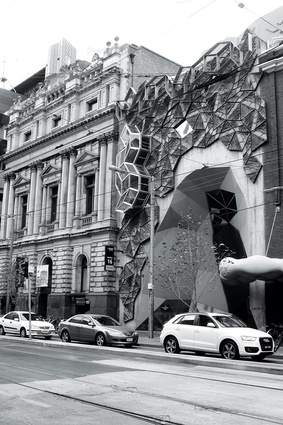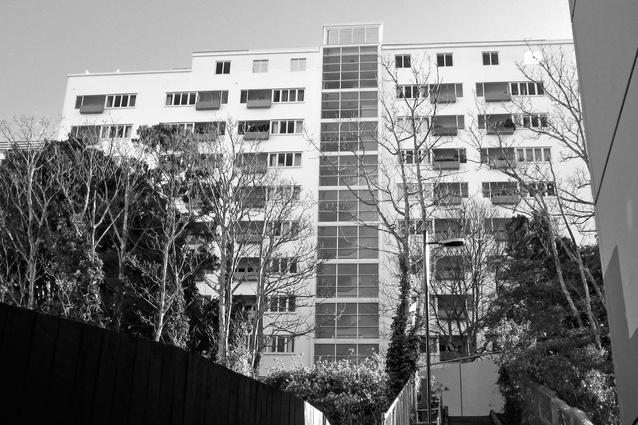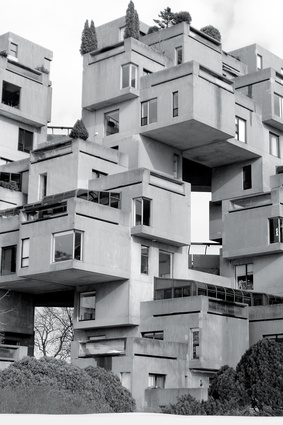Artificial Islands: Adventures in the Dominions
John Walsh reviews Artificial Islands by Owen Hatherley — a writer who found our capital to be “small and dull” and Auckland’s architecture to be “baffling” in his assessment of CANZUK cities.
Artificial Islands: Adventures in the Dominions
Owen Hatherley
Repeater Books, 2022
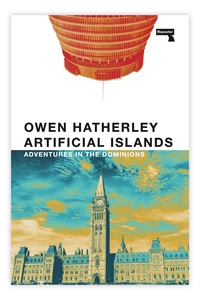
En route to the United Kingdom’s 2016 Brexit referendum, ‘Leave’ campaigners combined wild financial promises — notably the £350 million pounds per week the UK would redirect from the European Union to the National Health Service — and invocations of former British greatness. The pledges of prosperity and appeals to nostalgia were synthesised in a proposed economic and geo-political alliance of the UK with three of its former ‘dominions’, Canada, Australia and New Zealand — ‘CANZUK’, for short. The idea was, said former Australian prime minister Kevin Rudd, “utter bollocks” but it was certainly revealing of the Brexit state of mind. Instead of a Brexited Britain becoming a no-friends-Nigel nation, it would reassume parental guidance of a family of white-majoritarian settler societies with residual monarchist constitutional arrangements and neo-liberal economic proclivities.

The CANZUK scenario is the backdrop to Owen Hatherley’s Artificial Islands: Adventures in the Dominions. Hatherley, an English architectural writer and editor on the socialist magazine Tribune, has used CANZUK to unify a collection of articles on five cities he coincidentally and briefly visited between 2015 and 2018: Melbourne, Auckland, Wellington, Ottawa and Montréal. Hatherley treats his trips as “urban trawls” in which he attempts to “read history from buildings and streets”. Short visits do not necessarily produce profound observations but Hatherley front-foots the issue of superficiality by citing the dictum of Hungarian-British travel writer George Mikes: “you should write about a place only if you’ve spent no more than three days or more than three years in it”. A cute line, if a flawed precept: Mike Hosking would pass the test, having recently dissed San Francisco on the basis of a day’s shopping, but Alexis de Tocqueville would fail, having spent seven months in the United States gathering material for his classic 1830s study Democracy in America.
“The capitals of New Zealand and Canada are small and dull, in Hatherley’s view, but at least Wellington offers ‘a friendly informal scuffle’ whereas Ottawa, with its fusion Scottish-Norman (“Baronial-Château”) architecture is both pompous and chippily provincial. Melbourne, “confident” and “urbane”, cannot be so easily dismissed.”
What unites the former colonial cities Hatherley writes about — the exception is Montréal — is their depressing familiarity. He travelled enormous distances only to arrive in cities that, with their mediocre and derivative architectural styles, animus towards public amenity and prostration before the private automobile, “far more resemble Birmingham or Basingstoke than they do Hamburg or Seoul”. The capitals of New Zealand and Canada are small and dull, in Hatherley’s view, but at least Wellington offers “a friendly informal scuffle” whereas Ottawa, with its fusion Scottish-Norman (“Baronial-Château”) architecture is both pompous and chippily provincial. Melbourne, “confident” and “urbane”, cannot be so easily dismissed, but its inhabitants might discern in Hatherley’s pronouncements an echo of imperial hauteur. “As someone who has spent years writing about the largely Victorian cities of Great Britain,” he writes, “I can fairly confidently say that Melbourne is one of the finest.”
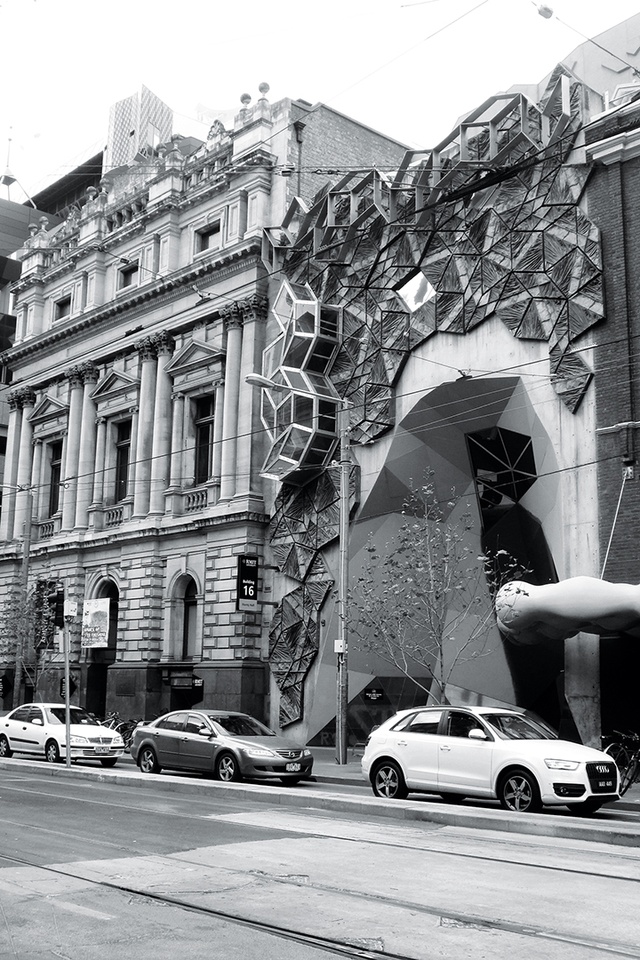
Hatherley is diverted by Melbourne, though, and impressed by the “urban scenery” generated by the local tradition of architectural exhibitionism — the “Featurism” identified more than 60 years ago by Robin Boyd in The Australian Ugliness and revived over the past generation under the aegis of RMIT. Auckland gets much shorter shrift. On an “astonishing site,” Hatherley writes, the city “boasts probably the most ugly, baffling and outright nasty built environment of any large city I have ever visited.” Ouch, and there’s much more, with few saving graces (e.g., the Greys Avenue Flats and the University of Auckland’s Fale Pasifika). Suffice it to say, the “most liveable city” shibboleth is well and truly skewered.
“Auckland gets much shorter shrift. On an “astonishing site,” Hatherley writes, the city “boasts probably the most ugly, baffling and outright nasty built environment of any large city I have ever visited’ Ouch, and there’s much more, with few saving graces (e.g., the Greys Avenue Flats and the University of Auckland’s Fale Pasifika)”
Montréal is different. Its built form and distinctive architectural achievements, such as the subterranean world of malls, halls and metro stations (La Ville Souterraine), Mies’ Westmount Square towers and Moshe Safdie’s Habitat 67 housing estate, are responses to an extreme climate, post-war Anglo-Saxon capitalism, the separatist politics of Francophone Québec, and the optimistic Futurism epitomised by the hugely popular Expo 67. Montréal surprised Hatherley and engaged him; consequently, this is the most interesting chapter of his book.
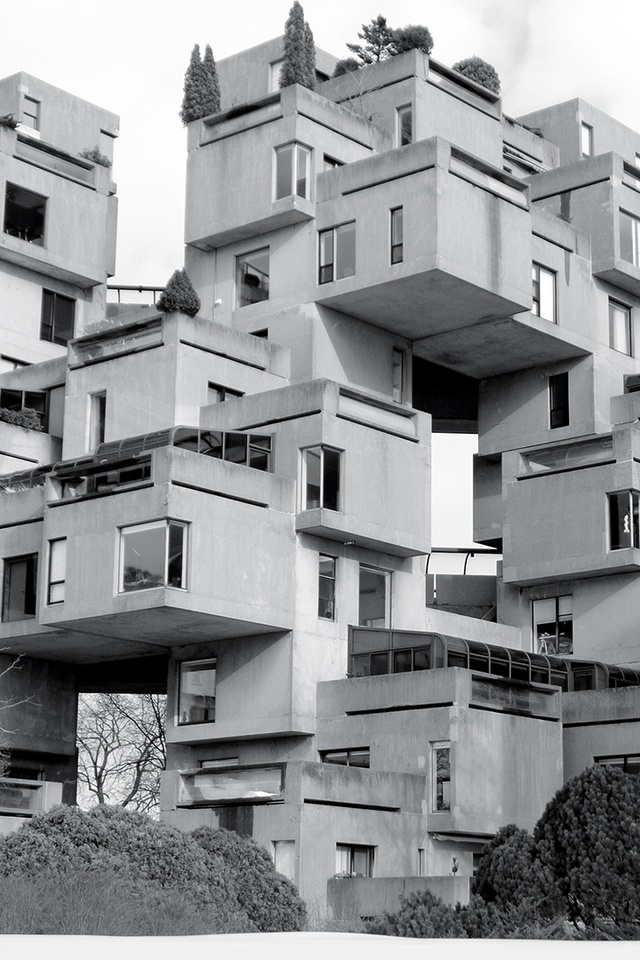
Travel books, of course, are not written for the people who live in a place. Cognitive dissonance is the inevitable reaction of resident readers who know which parts of their city to enjoy, and which parts to ignore or avoid. Local knowledge also turns readers into fact-checkers and Hatherley does offer quite a few nits to pick:
Auckland War Memorial Museum is not “the National Museum” and its design competition was not launched in 1918 but a year later; the Group’s leading influencer was not “Bill Warren” but Bill Wilson; Roy Lippincott did not leave Auckland, as is implied, in disgust or despair; W. B. Sutch was not the founder of Wellington’s Architectural Centre; the General Assembly Library is not made of wood and was not the “first Parliament”; the black tower at 1 Willis Street in Wellington was not designed for State Insurance but for the BNZ… There’s no pleasure in pedantry. Better to applaud Hatherley’s larger purpose — his post-colonial, anti-CANZUK perspective on “places that became trapped within the British world, and their attempts to imagine themselves out of it, whether through nationalism, socialism, anti-colonialism, or bi-culturalism”. But don’t clap too loudly — our new government may well re-imagine New Zealand back into that world.



